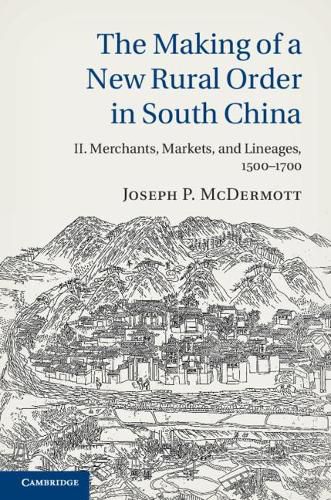Readings Newsletter
Become a Readings Member to make your shopping experience even easier.
Sign in or sign up for free!
You’re not far away from qualifying for FREE standard shipping within Australia
You’ve qualified for FREE standard shipping within Australia
The cart is loading…






This volume is written for anyone who has wondered about the growth of Chinese businesses and their relation to Chinese family and government institutions. Making full use of its partner volume’s findings on village institutions in the southern prefecture of Huizhou, this volume explains how late imperial China’s key regional group of merchants emerged from this prefecture’s village lineages. It identifies the strategies they deployed to overcome the serious obstacles to their domination of major financial transactions and commodity markets throughout much of China from 1500 to 1700. At the same time it describes how the commercial success enjoyed by these ‘house firms’ undermined their lineages’ social stability, making them vulnerable to competition from popular religious cults back home. In recounting how rural and urban institutions interacted through state and economic development, McDermott provides a powerful new framework for understanding late imperial China’s distinctive trajectory to social and economic transformation.
$9.00 standard shipping within Australia
FREE standard shipping within Australia for orders over $100.00
Express & International shipping calculated at checkout
This volume is written for anyone who has wondered about the growth of Chinese businesses and their relation to Chinese family and government institutions. Making full use of its partner volume’s findings on village institutions in the southern prefecture of Huizhou, this volume explains how late imperial China’s key regional group of merchants emerged from this prefecture’s village lineages. It identifies the strategies they deployed to overcome the serious obstacles to their domination of major financial transactions and commodity markets throughout much of China from 1500 to 1700. At the same time it describes how the commercial success enjoyed by these ‘house firms’ undermined their lineages’ social stability, making them vulnerable to competition from popular religious cults back home. In recounting how rural and urban institutions interacted through state and economic development, McDermott provides a powerful new framework for understanding late imperial China’s distinctive trajectory to social and economic transformation.